Over 1,000 resources
The largest collection of STEM simulations
الرياضيات
0 resources
Captivate your class
Genuinely interactive resources
Teach with the resources your students love.
Watching a video or reading a textbook, even a digital one, isn’t enough anymore. With EduMedia simulations, your students get to explore, hypothesize and experiment.
Your Teacher’s Area
Create and share in just a few clicks
Customize your resources and share them with a student, the class... or the whole world.
Video capture: 3–2–1
Record yourself!
Add an immersive, personal dimension to design content tailored to your needs. Your students will love it.
Flip: Let them speak!
Choose a topic, then discover and assess your students’ video creations.
Favorites: Create and manage your Collections.
Find your selection easily. Add an instruction. It’s as simple as that!
Share: A simple link is all it takes.
No more code. Your students can access your selection of resources from the platform of your choice.
Our manifesto
Teaching is more about raising questions than providing answers. Starting with something specific, students observe, question, conjecture and operate.
This vision is nothing new. You may recall the principles of the “object lesson” or, more recently, the “inquiry-based learning” method. What is new is the interactive component, which adds an experimental, fun and modern edge to your lessons.
There are lots of different teaching methods to approach a given subject. What better than a granular format to match yours?
Our multimedia and educational designers create all sorts of fantastic resources to stimulate the learner’s curiosity. The rest is up to you...
We learn differently,
so let’s teach differently!
Our references
Thank you for trust
Give it a try!




 EduMedia
EduMedia 